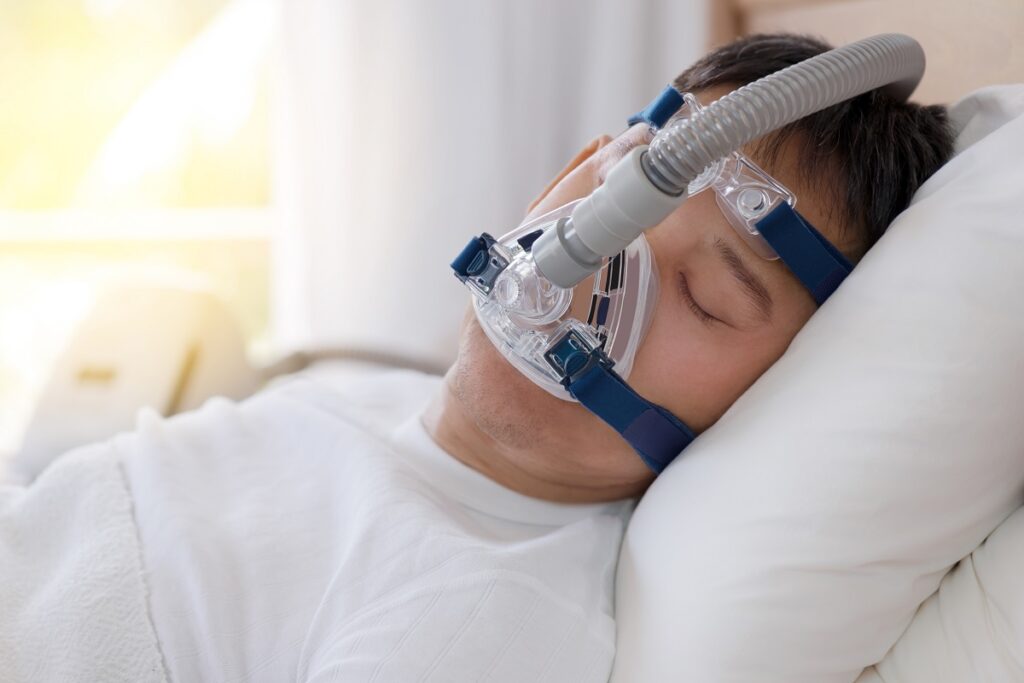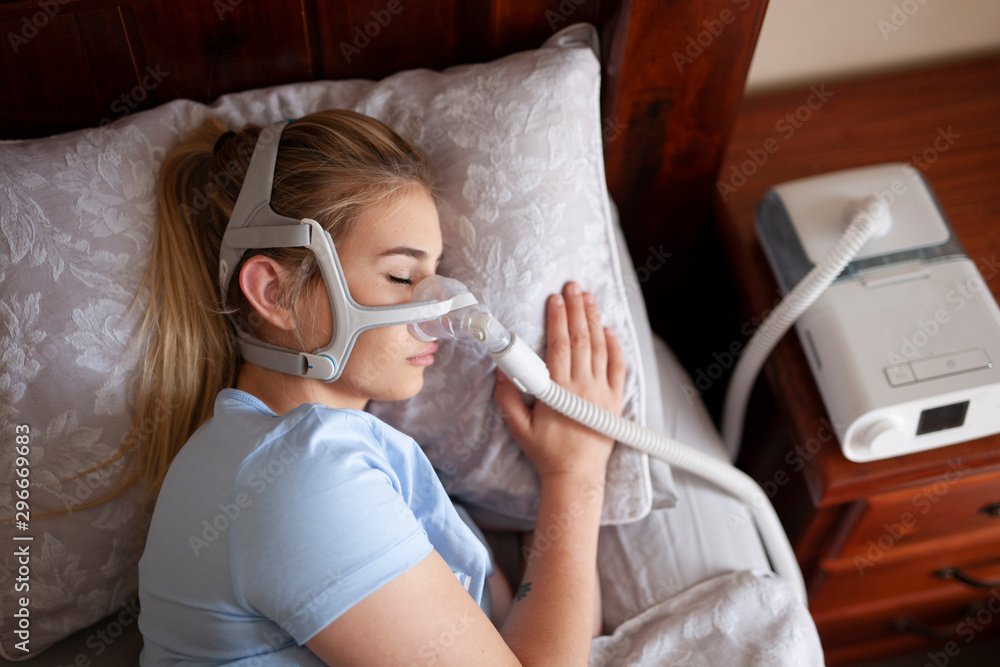CPAP masks play a crucial role in improving the quality of sleep for individuals suffering from sleep apnea. By providing a continuous positive airway pressure, these masks help keep the airway open, allowing for uninterrupted breathing during sleep. With advancements in technology and design, CPAP masks in Australia are now more comfortable and effective than ever before.
Understanding the Importance of CPAP Masks
Sleep apnea is a common sleep disorder that causes pauses in breathing or shallow breathing during sleep. These interruptions can lead to a range of health issues, including daytime fatigue, increased risk of accidents, and cardiovascular problems. CPAP masks offer a non-invasive solution to sleep apnea by ensuring a steady flow of air to the airways, preventing obstructions and maintaining proper breathing patterns.
Australia has been at the forefront of cpap masks australia innovation, with a strong focus on improving user experience and treatment outcomes. The country’s commitment to research and development has led to groundbreaking advancements in CPAP technology, setting new standards for quality and performance.
The Role of CPAP Masks in Sleep Apnea Treatment
CPAP masks act as a lifeline for individuals with sleep apnea. By delivering a continuous stream of pressurized air, they create a pneumatic splint that keeps the airway open. This eliminates apneas and hypopneas, allowing individuals to enjoy uninterrupted sleep and wake up feeling refreshed.
Moreover, CPAP masks also prevent the negative health consequences associated with sleep apnea. By maintaining regular breathing patterns, they reduce the risk of cardiovascular problems, improve cognitive function, and enhance overall well-being.

Why Quality of Sleep Matters
Quality sleep is vital for our overall health and well-being. It allows our bodies and minds to recharge, repair, and rejuvenate. However, inadequate sleep can have detrimental effects on our physical and mental health, leading to decreased productivity, mood disturbances, and an increased risk of chronic conditions such as obesity, diabetes, and heart disease.
CPAP masks have emerged as a game-changer in sleep apnea treatment, revolutionizing the way we sleep. These innovations not only make it easier to adhere to sleep apnea therapy but also contribute to significant improvements in sleep quality and overall sleep health.
Imagine a world where sleep apnea goes untreated. Individuals would continue to struggle with interrupted sleep, waking up feeling exhausted and drained. The consequences would ripple through their daily lives, affecting their ability to concentrate, perform tasks, and maintain healthy relationships. Sleep apnea, if left untreated, can even lead to more serious health issues such as high blood pressure, heart disease, and stroke. Learn more about high blood pressure visit at https://www.nhlbi.nih.gov/health/high-blood-pressure.
Fortunately, CPAP masks provide a beacon of hope for those suffering from sleep apnea. These masks, available in various styles and sizes, cater to individual needs and preferences. Whether it’s a nasal mask, full-face mask, or nasal pillow mask, there is a CPAP mask designed to fit comfortably and effectively.
Moreover, advancements in CPAP mask technology have made them more user-friendly than ever. Features like adjustable straps, cushioning materials, and noise reduction mechanisms ensure a comfortable and peaceful night’s sleep. With the right CPAP mask, individuals can bid farewell to restless nights and welcome a new era of rejuvenating sleep.
Innovations in CPAP Masks in Australia
Thanks to ongoing research and development, CPAP masks in Australia have experienced remarkable advancements. These innovations take into account the specific needs and preferences of individuals to ensure optimal comfort and effectiveness.
Technological Advancements in CPAP Masks
Technological advancements have brought about a new era in CPAP mask design. Nowadays, masks come equipped with sophisticated features such as leak detection, pressure adjustment, and data tracking. These innovations provide users with real-time feedback and allow clinicians to make accurate adjustments, maximizing therapy effectiveness. Learn more about Exploring the Best CPAP Mask Brands: What to Know Before You Buy visit at https://sleepingpillsonline24x7.com/exploring-the-best-cpap-mask-brands-what-to-know-before-you-buy/.
Furthermore, the integration of wireless connectivity in CPAP masks has revolutionized the way users interact with their therapy. Patients can now monitor their sleep data remotely through smartphone apps, enabling them to track progress and make informed decisions about their treatment plan.
Design Improvements for Better Comfort
Comfort is crucial when it comes to CPAP mask therapy. To address this, manufacturers have made significant strides in mask design. Today, CPAP masks are available in a wide range of shapes, sizes, and materials, ensuring a comfortable fit for every individual. The development of softer and lighter materials has further enhanced comfort, reducing skin irritation and pressure points.
In addition, mask interfaces now feature innovative headgear designs that promote stability and minimize facial marks. Adjustable straps and fasteners allow users to find the perfect fit, ensuring a secure seal without sacrificing comfort.
Moreover, the incorporation of advanced ventilation systems in CPAP masks has improved air circulation and reduced noise levels, enhancing the overall sleeping experience for users. These design improvements showcase Australia’s dedication to enhancing the quality of life for individuals undergoing CPAP therapy. Learn more about air circulation click here.
The Impact of CPAP Mask Innovations on Sleep Quality
The continuous evolution of CPAP masks has had a profound impact on sleep quality for individuals with sleep apnea. These innovations have revolutionized the way individuals experience their therapy, leading to significant improvements in overall sleep health.
One of the key advancements in CPAP mask technology is the development of masks with adjustable straps and cushioning materials. These features allow for a customized fit, ensuring that the mask stays securely in place throughout the night without causing discomfort. As a result, users can sleep soundly without the worry of their mask shifting or becoming loose, ultimately promoting a more effective treatment of sleep apnea.
How New CPAP Masks Enhance Sleep
New CPAP masks offer enhanced comfort, making it easier for individuals to adjust to sleep apnea therapy. The improved comfort level translates into longer periods of uninterrupted sleep, allowing users to experience the full benefits of restful sleep. With better sleep quality, individuals may also notice a reduction in daytime fatigue, improved mood, and increased alertness.
In addition to comfort, modern CPAP masks are designed with advanced noise reduction features, creating a quieter sleep environment for users. The reduction in noise levels not only promotes a more peaceful sleep experience but also minimizes disturbances that could potentially disrupt the user’s rest. This quieter sleep environment can lead to a deeper and more rejuvenating sleep, further enhancing the overall effectiveness of CPAP therapy.
The Connection Between CPAP Masks and Sleep Health
Quality sleep is essential for maintaining optimal health and well-being. Sleep apnea can have severe consequences on sleep, leaving individuals feeling tired and unrefreshed. CPAP masks, with their innovative advancements, effectively address sleep apnea and restore the quality of sleep to individuals. By facilitating proper breathing and reducing sleep interruptions, these masks contribute to improved sleep health and overall quality of life.
Moreover, the introduction of lightweight materials in CPAP mask construction has made wearing the mask a more comfortable experience for users. The lighter weight not only enhances comfort but also reduces the feeling of bulkiness often associated with traditional CPAP masks. This improvement in design encourages greater compliance with therapy, as users are more likely to consistently wear the mask throughout the night, ultimately leading to better long-term management of sleep apnea.
Choosing the Right CPAP Mask in Australia
When selecting a CPAP mask in Australia, several factors should be considered to ensure the best fit and comfort. It is crucial to understand that CPAP therapy is a long-term commitment, and finding the right mask is essential for successful treatment.
One important factor to consider is the material of the mask. Some masks are made of silicone, which is soft and flexible, while others are made of gel for a more cushioned feel. The material can impact comfort and skin sensitivity, so it’s vital to choose one that feels comfortable against the skin.

Factors to Consider When Selecting a CPAP Mask
Individual preferences, facial structure, and sleeping habits play a vital role in determining the most suitable CPAP mask. It is essential to consult with a healthcare professional or CPAP supplier to receive guidance on choosing the right mask based on individual needs.
Key factors to consider include mask type (such as nasal masks, full-face masks, or nasal pillow masks), mask size, headgear adjustability, and mask seal. Attention to these factors will ensure maximum comfort and therapy adherence, paving the way for improved sleep quality.
Another crucial aspect to consider is the noise level of the mask. Some masks come with built-in noise reduction features to ensure a quiet night’s sleep, while others may produce a gentle whooshing sound as air is delivered. Understanding how noise may impact your sleep can help in selecting a mask that promotes restful sleep.
Understanding Different Types of CPAP Masks
CPAP masks are available in different types, each catering to specific needs and comfort preferences. Nasal masks cover the nose, full-face masks cover both the nose and mouth, and nasal pillow masks fit into the nostrils. Understanding the pros and cons of each type will enable individuals to make an informed decision that suits their individual requirements.
It’s also important to consider the maintenance and cleaning requirements of each mask type. Some masks may have more intricate designs that require thorough cleaning, while others may offer quick-disconnect features for easier cleaning and assembly. By understanding the upkeep needed for each mask, users can ensure hygiene and longevity of their CPAP equipment.
The Future of CPAP Masks in Australia
The continuous advancements in CPAP masks in Australia show great promise for the future, with potential benefits yet to be fully realized.
Predicted Trends in CPAP Mask Technology
Experts predict that CPAP mask technology will further improve in terms of portability, comfort, and user-friendliness. We can expect to see a wider range of mask options, catering to even more individuals and preferences. Additionally, advances in wireless connectivity and sleep tracking capabilities will enhance therapy management and patient engagement.
The Potential of CPAP Masks for Sleep Improvement
As research and development continue to unlock new possibilities, CPAP masks have the potential to further revolutionize sleep health. Innovations that promote better mask fit, comfort, and adherence can result in improved sleep quality for individuals with sleep apnea, significantly enhancing their overall well-being.
Imagine a future where CPAP masks not only provide effective therapy but also offer personalized features tailored to individual needs. With the integration of artificial intelligence and machine learning, CPAP masks may be able to analyze sleep patterns and adjust therapy settings in real-time, ensuring optimal treatment throughout the night. This level of customization has the potential to transform the way we approach sleep apnea treatment, making it more precise and tailored to each person’s unique requirements.
Furthermore, advancements in material science may lead to the development of CPAP masks that are not only lightweight and comfortable but also hypoallergenic and antimicrobial. This would address concerns related to skin irritation and respiratory infections, providing users with a safer and more hygienic experience. Additionally, the use of smart fabrics that can regulate temperature and moisture levels may further enhance comfort and reduce common issues such as sweating and dryness.
In conclusion, CPAP masks in Australia are at the forefront of sleep apnea treatment, driving significant improvements in sleep quality and overall sleep health. Technological advancements and design innovations have made these masks more comfortable, effective, and user-friendly than ever before. As individuals embrace the importance of quality sleep, choosing the right CPAP mask becomes essential for enjoying the many benefits of restful, uninterrupted sleep. With promising developments on the horizon, the future of CPAP masks holds great potential in further optimizing sleep health and transforming the way we sleep.


